- source: https://kubernetes.io/
- In order to better understand, let's continue with a story of "Why?"
- Short and simplified interpretation of the history
- Not so long ago...
- It was pretty common to have these large monolithic applications
- Maybe just a Java jar that contained the service and its dependencies?
- And this would be deployed by SSH-ing into the Production virtual machine?
- Creating environments would be a lot of manual work
- Local development environments would be quite different from stage and production environments
- And then Docker was created
- Sometime in this timeline, microservices became a thing
- source: https://microservices.io/
- So everyone started splitting their monoliths
- Which meant that instead of having to deploy 1 or 2 Docker container you had to deploy TENS of them
- source juggler: http://www.circusberzercus.co.uk/elfic-the-juggler/
- source docker logo: https://www.subpng.com/png-6rhdhk/download.html
- What about scaling them differently?
- Enter Kubernetes!
- Let's have a look at this again
- I see Kubernetes being composed of logical 2 components
- Master and Workers
- An imperfect analogy
- The Master includes (besides other components)
- Zooming on a Worker (which is basically a VM) - a cluster can have several workers
- When we deploy a service, we tell Kubernetes what is the end state we want (how many instances of the service, how should it be exposed outside the cluster etc.)
- And if it has the resources available, it will make it happen
- One more thing... namespaces
- Pods, services, many Kubernetes resources are organised in namespaces across nodes
- Namespaces provide isolation between the resources in the cluster
- You can assign roles to users and give them access to do specific actions on specific namespaces
- In reality, pods might look more like this when it comes to namespace distribution across nodes
- (rectangles are pods of different sizes, colours represent the namespace they are part of)

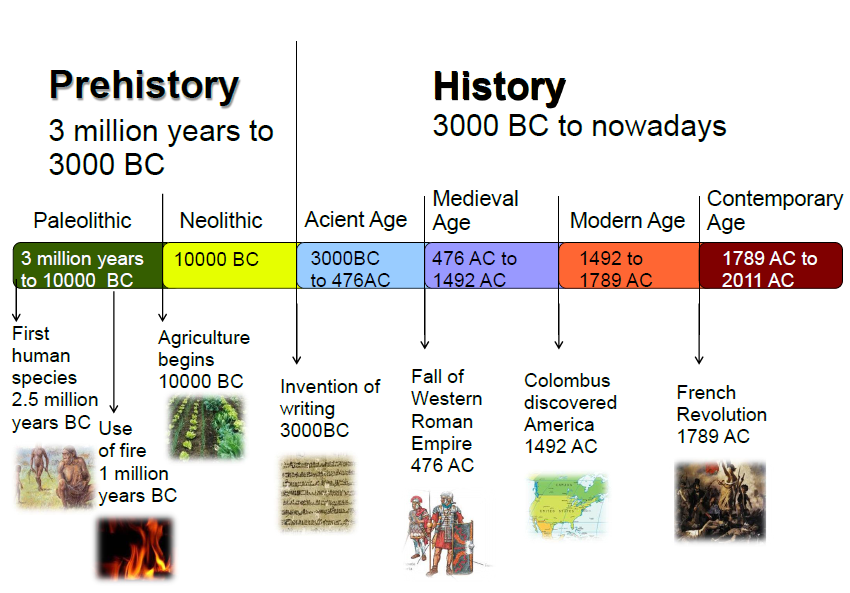
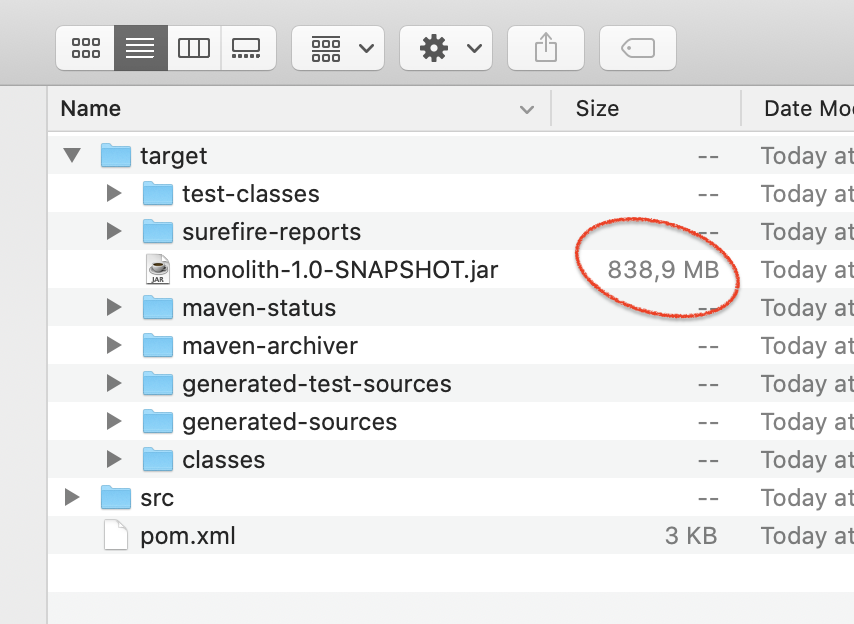
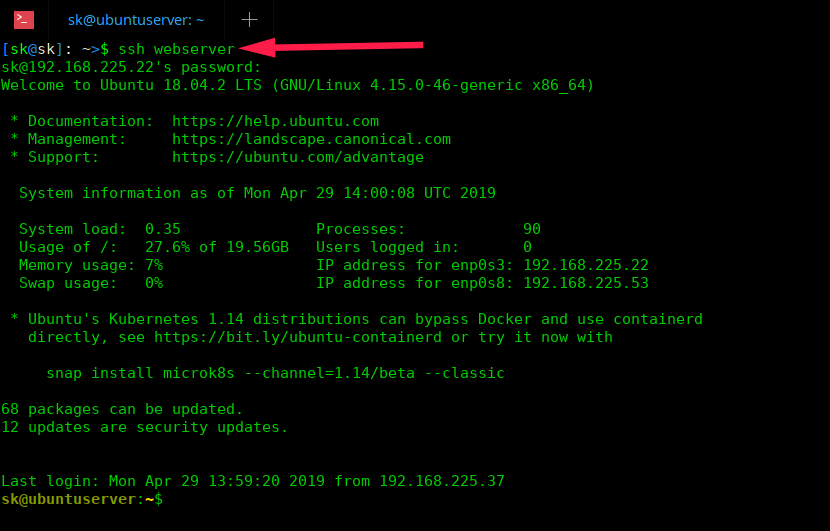
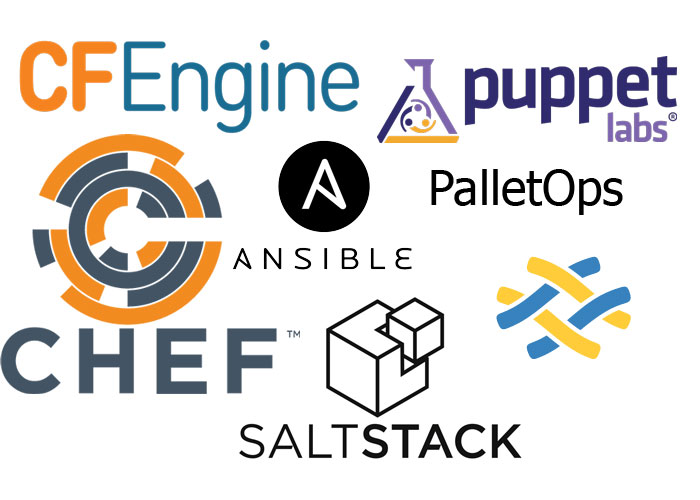
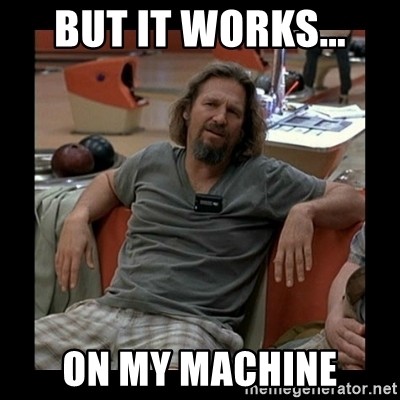
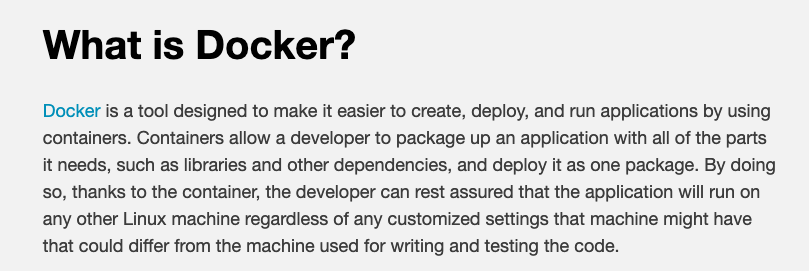
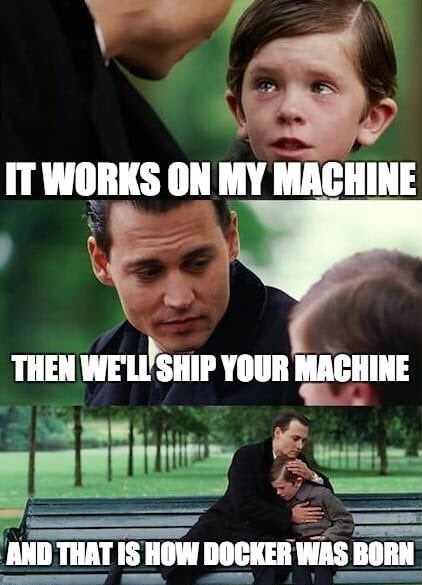
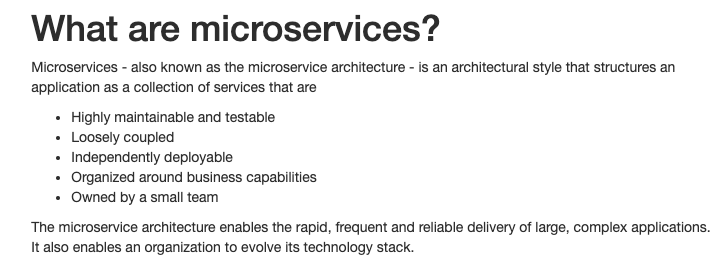
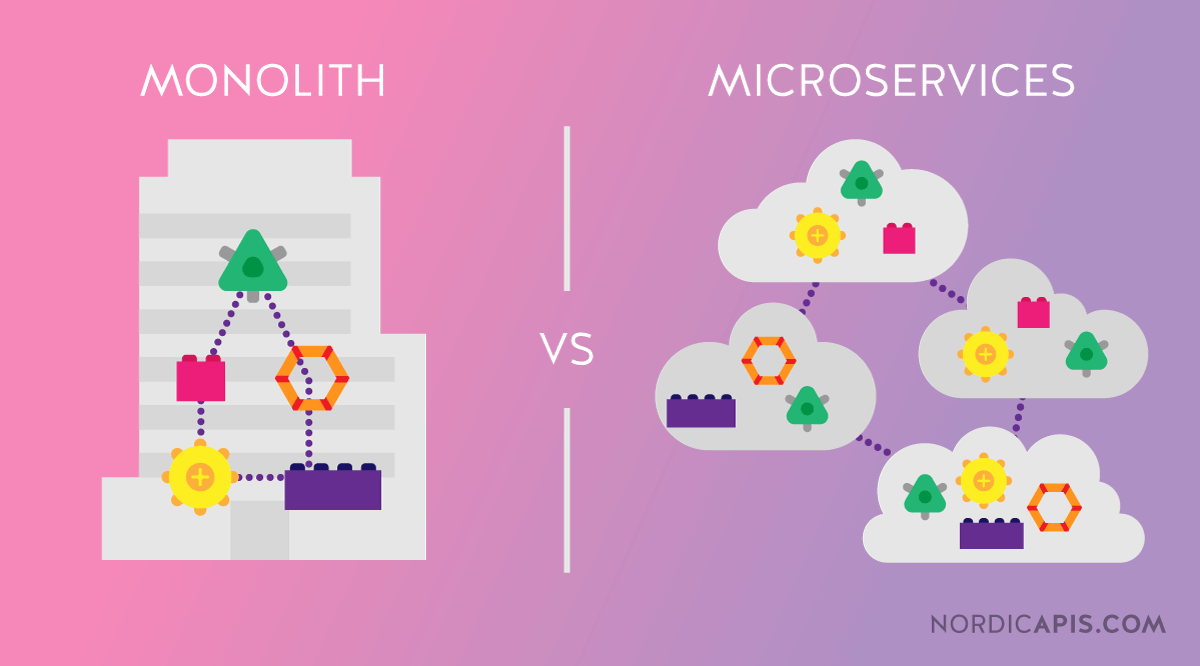
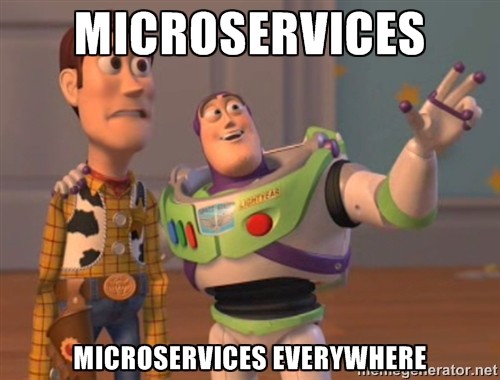



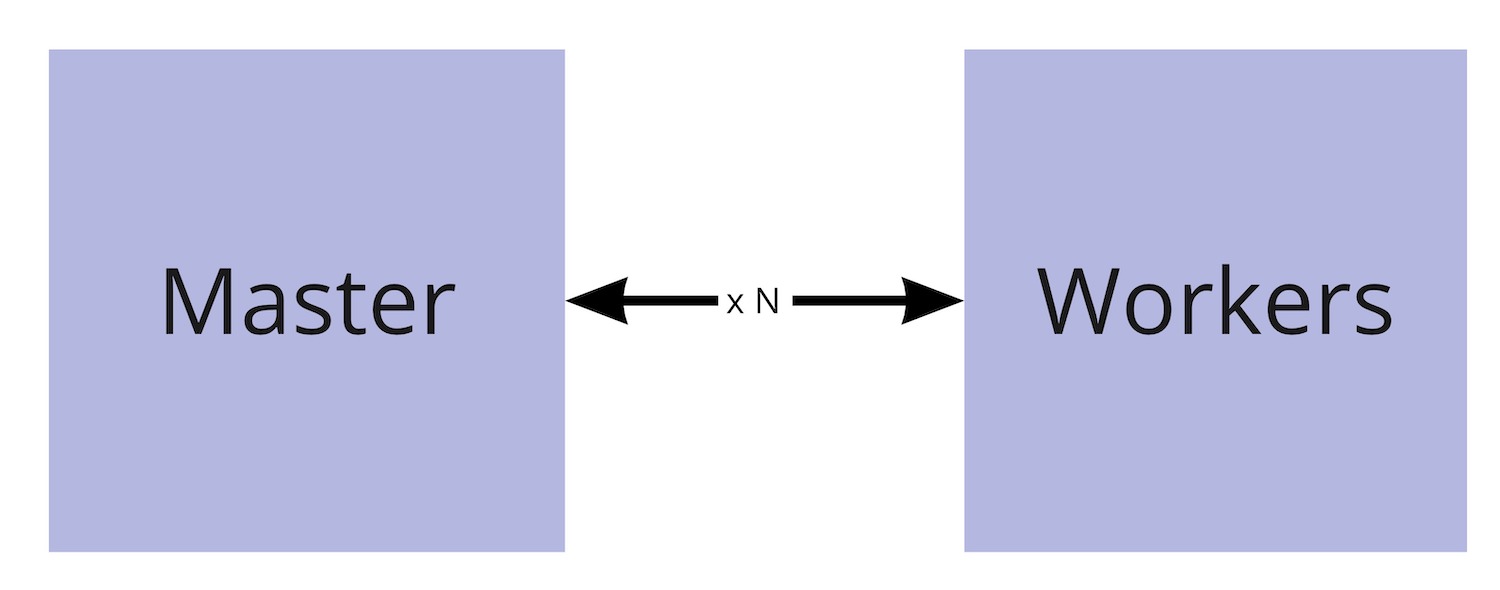
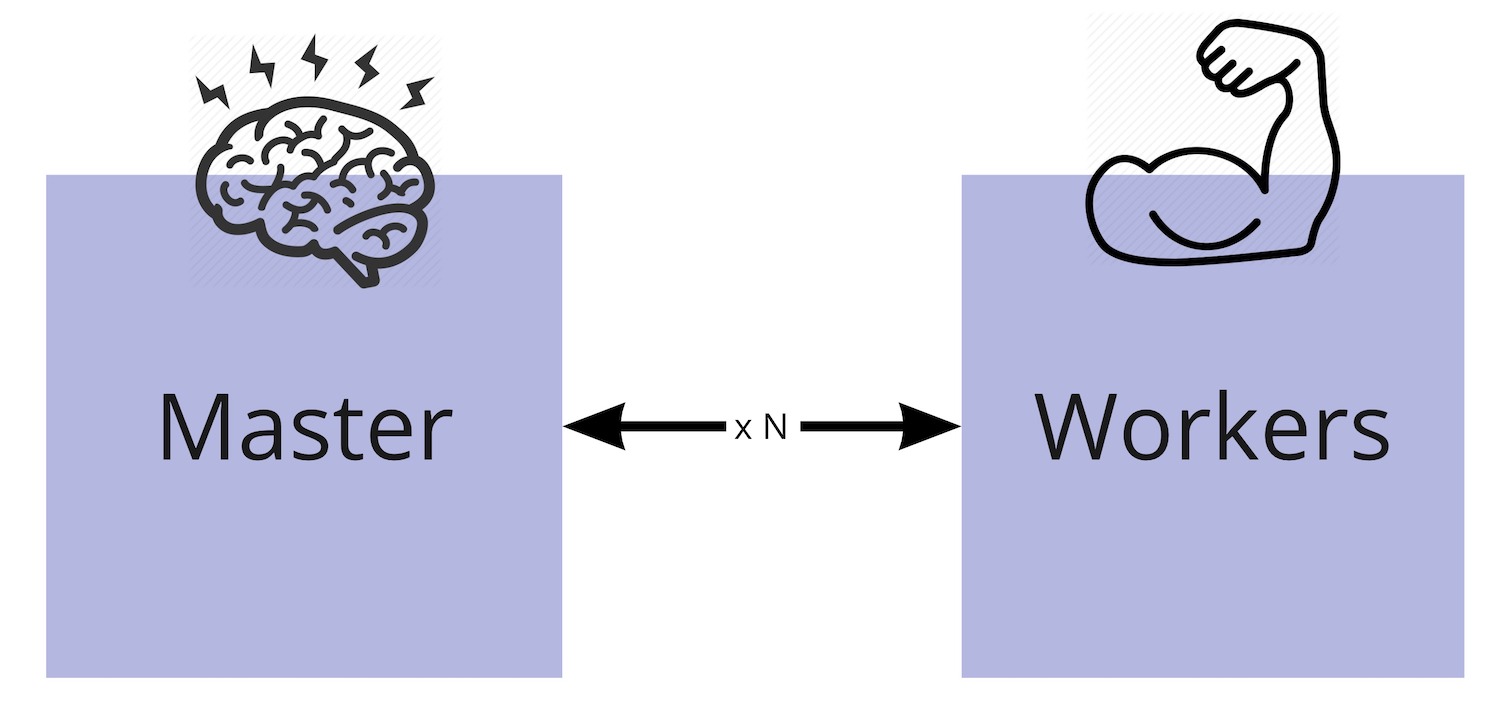
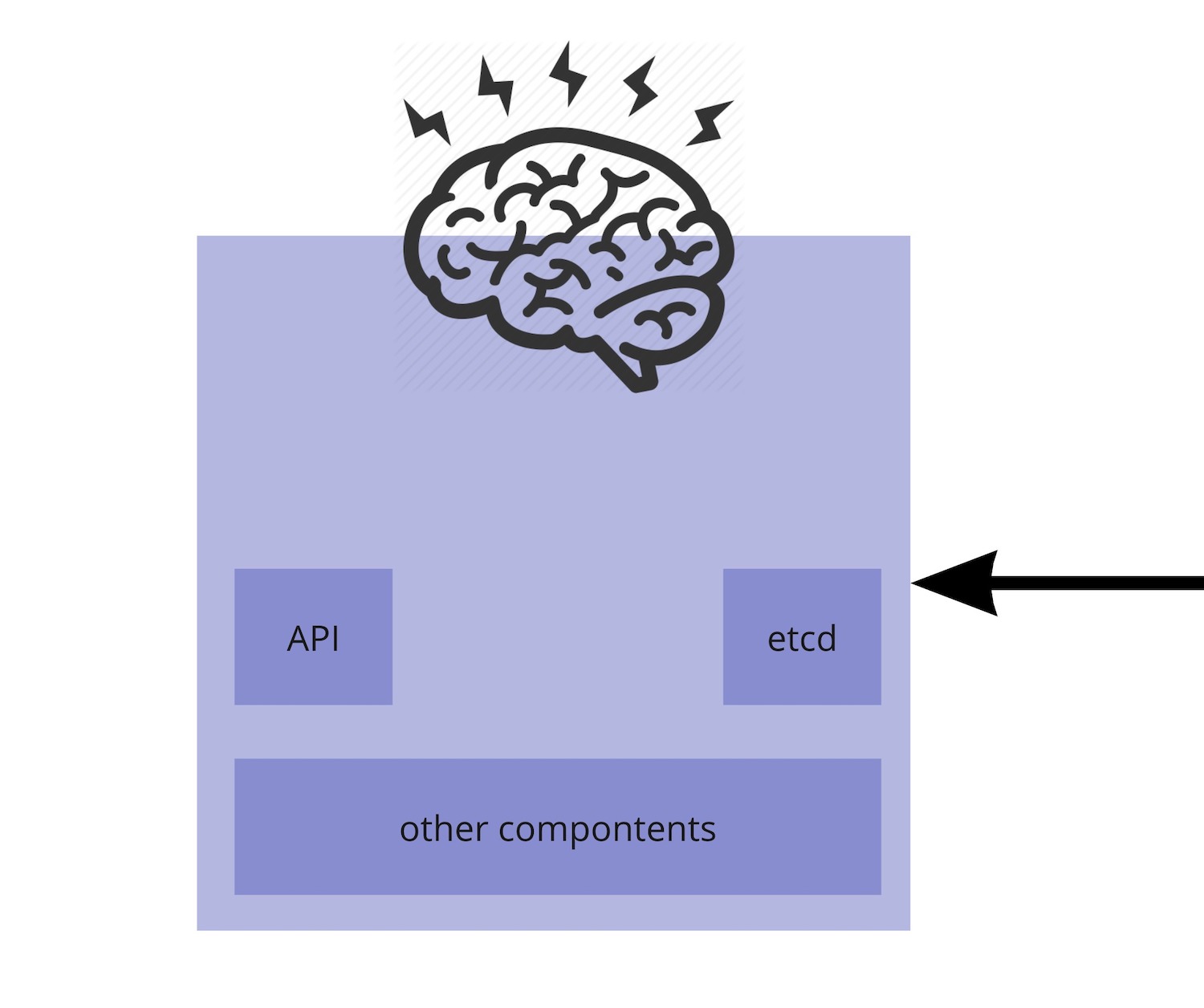
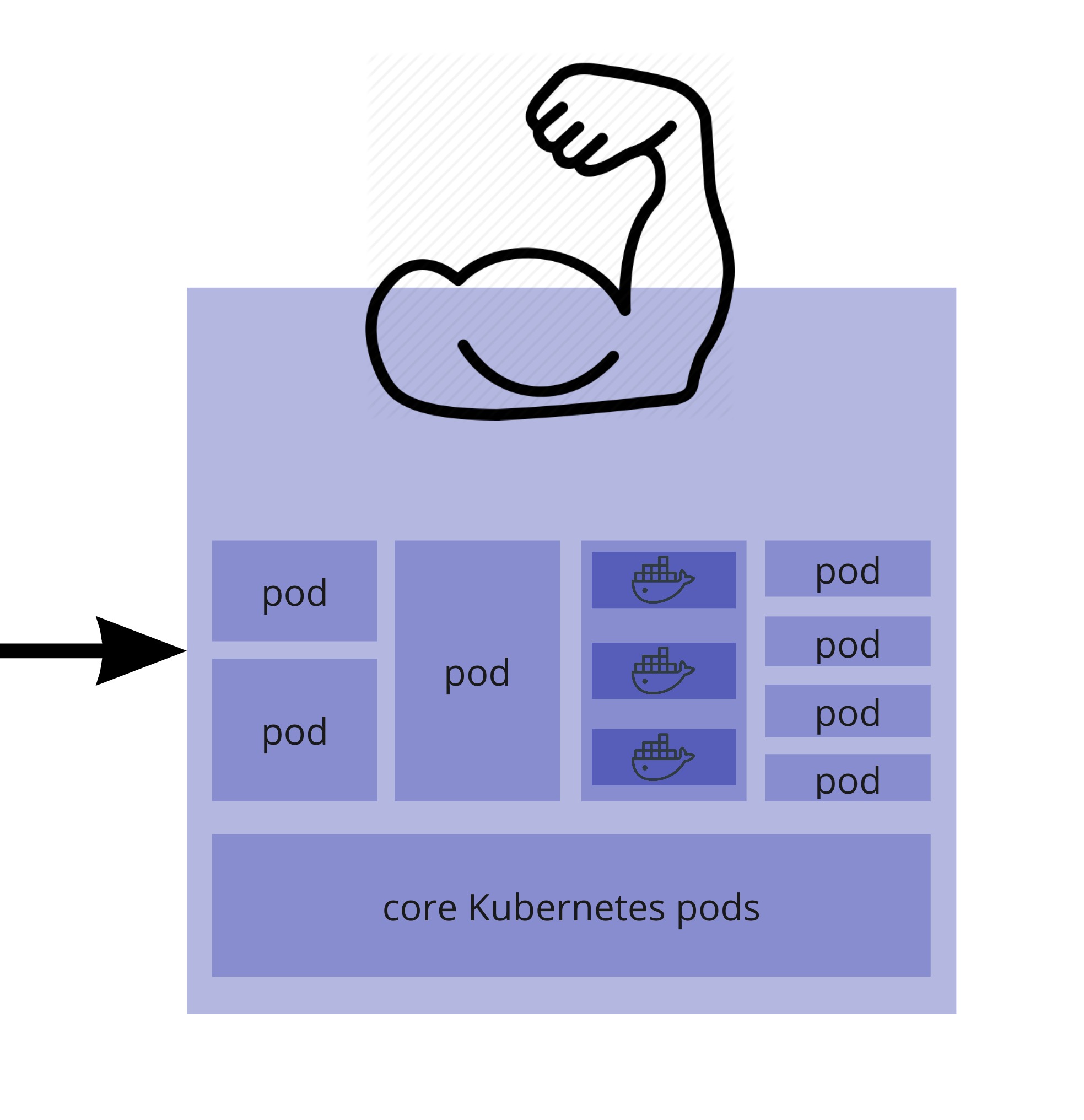

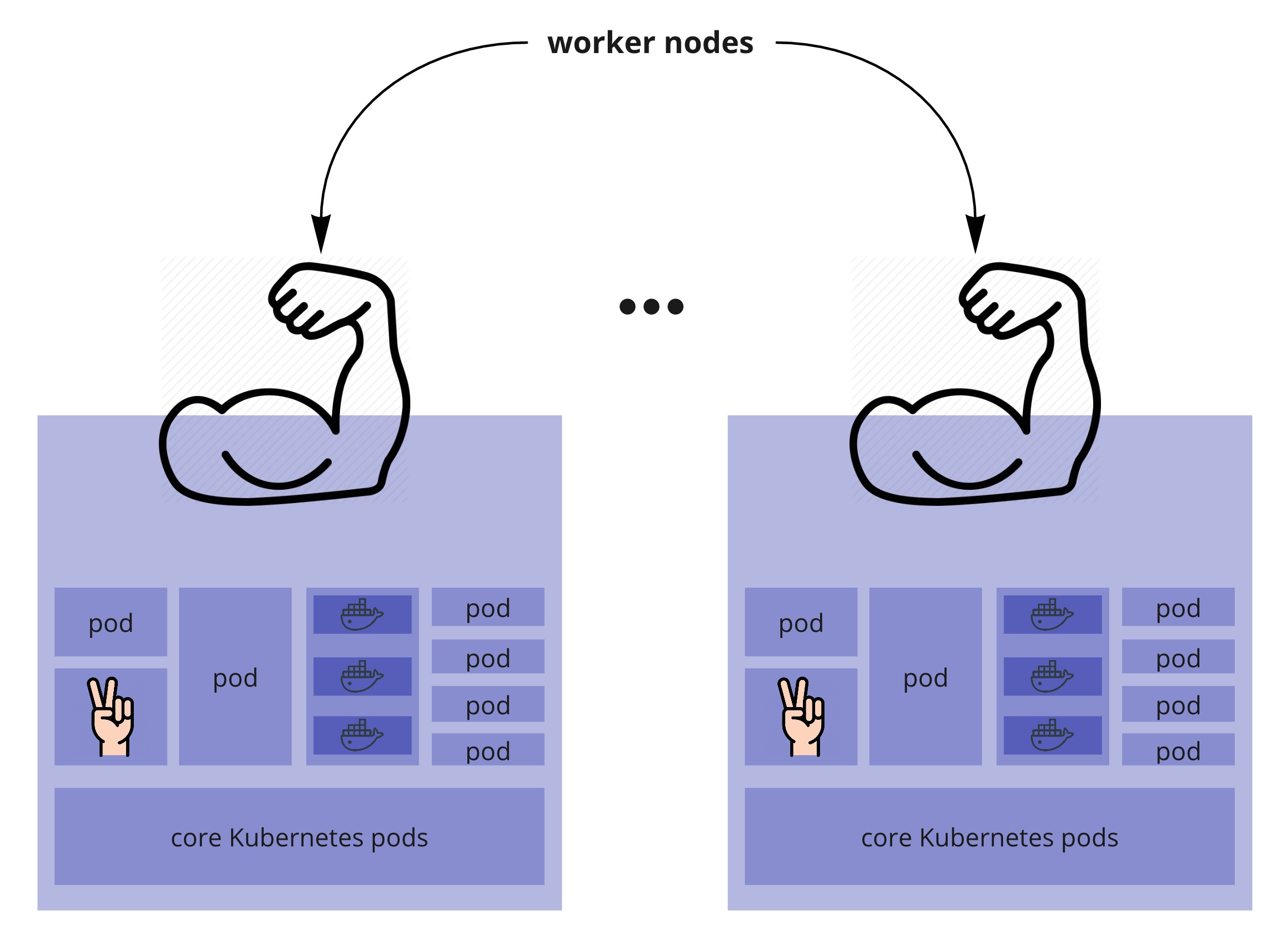
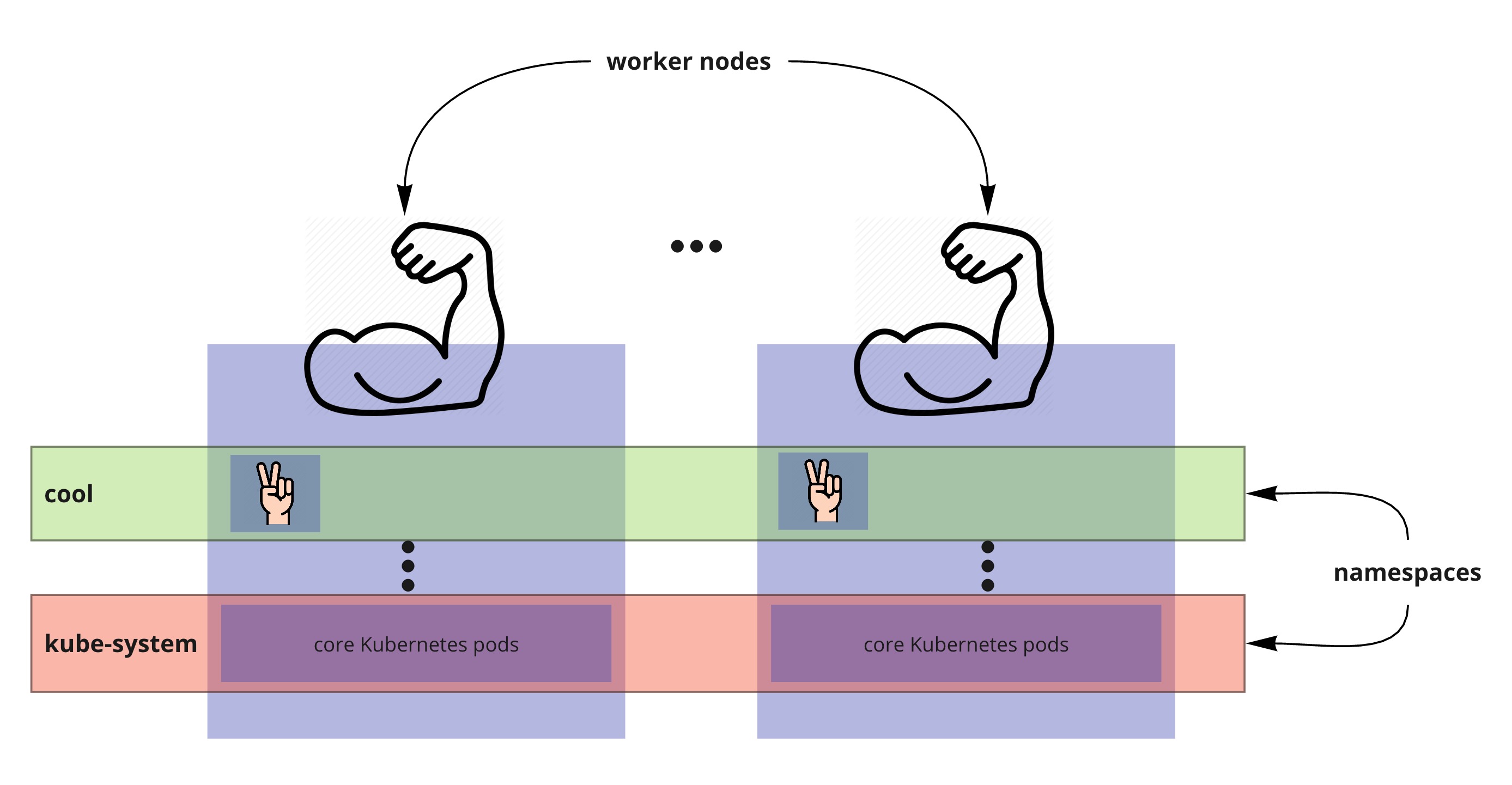
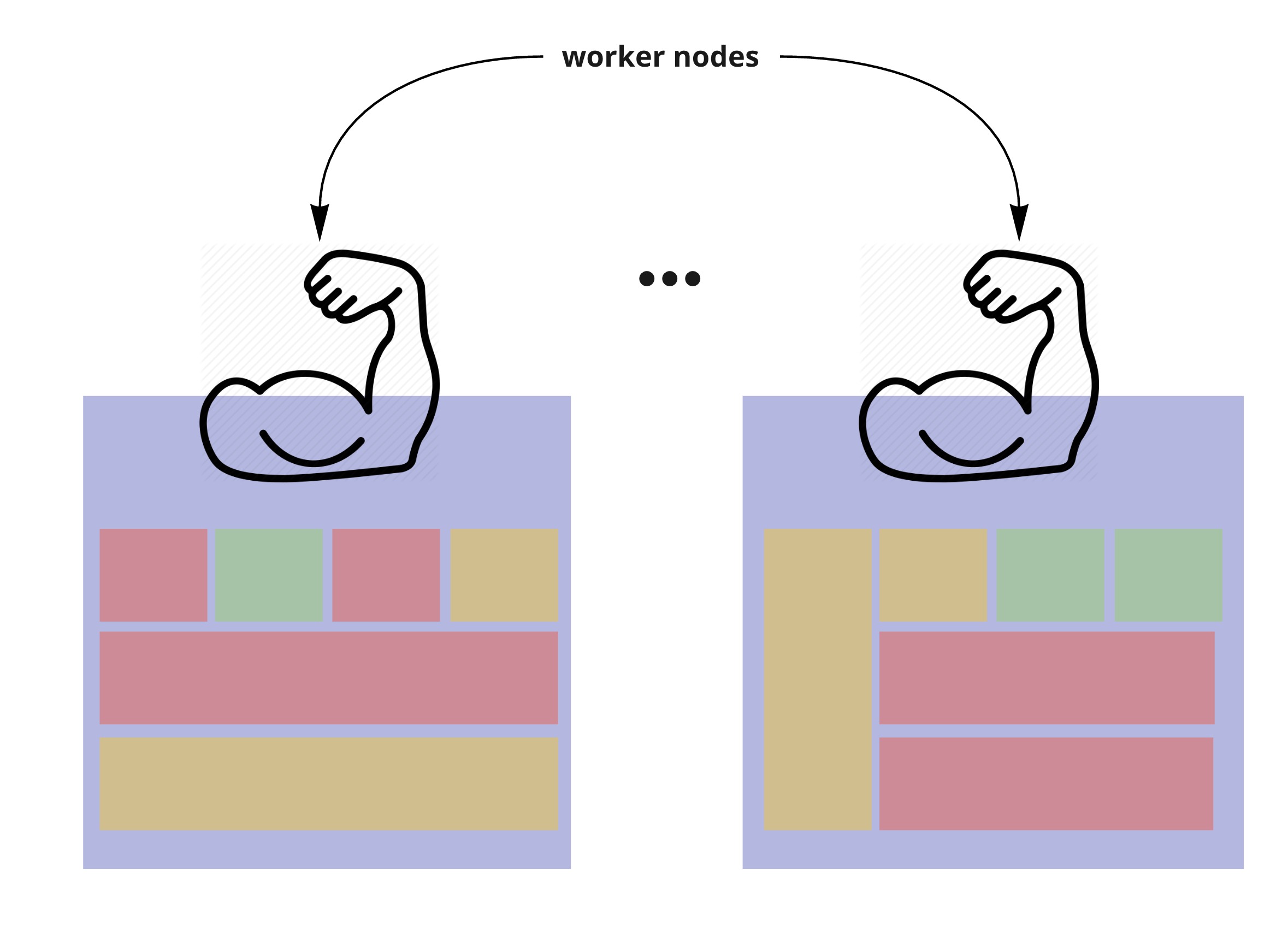

I think the mistake we made was to be too dependent and tightly coupled to the environment. Is it really worth it?
Other big mistake was leaving the trees, but that’s another story ;)